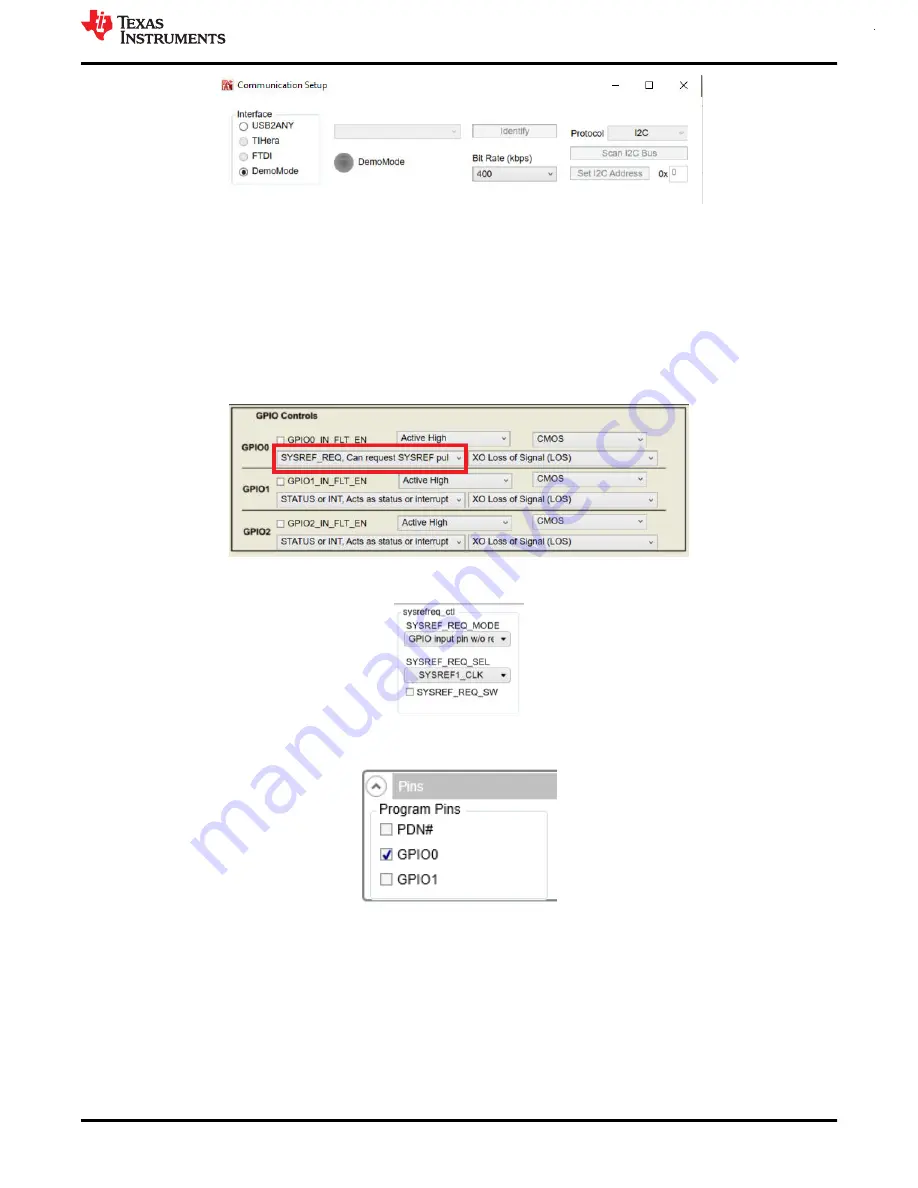
Figure 3-6. Communication Setup Window (Changing from I2C to SPI)
3.4 Generating SYSREF Request
GPIO0 and GPIO1 can be used to generate a SYSREF request. The TICS Pro so EVM is designed to
use GPIO2 for SPI readback (SDO). Accordingly, GPIO2 is not listed in the pins as it is dedicated for SPI
readback. In user application, any GPIO pin may be used.
Connect the desired GPIO pin to the MCU by setting S2 as ON on the switch block for the desired GPIO. Then,
make sure the GPIO pin is configured for
SYSREF_REQ
on the GPIO tab of the GUI. A SYSREF Request can
now be issued by toggling the GPIO buttons in the
Pins
section of the
User Controls
tab.
Figure 3-7. GPIO Setting for SYSREF Request
Figure 3-8. SYSREF Request Control
Figure 3-9. GPIO Pin Selection for SYSREF
3.5 XO Input
The LMK5C33216 has an XO input (XO_P pin) to accept a reference clock for the Fractional-N APLLs. The XO
input determines the output frequency accuracy and stability in free-run or holdover modes. For synchronization
applications like SyncE or IEEE 1588, the XO input would typically be driven by a low frequency TCXO, OCXO,
or external traceable clock that conforms to the frequency accuracy and holdover stability requirements of the
application. For DPLL mode, the XO frequency must have a non-integer frequency relationship with the VCO
frequency of any APLLs which utilize XO input as their reference. For APLL only mode (DPLL not used), the XO
EVM Configuration
AD
V
A
NCE INFO
R
MA
TION
SNAU260A – OCTOBER 2020 – REVISED FEBRUARY 2021
LMK5C33216EVM User's Guide
11
Copyright © 2021 Texas Instruments Incorporated












































